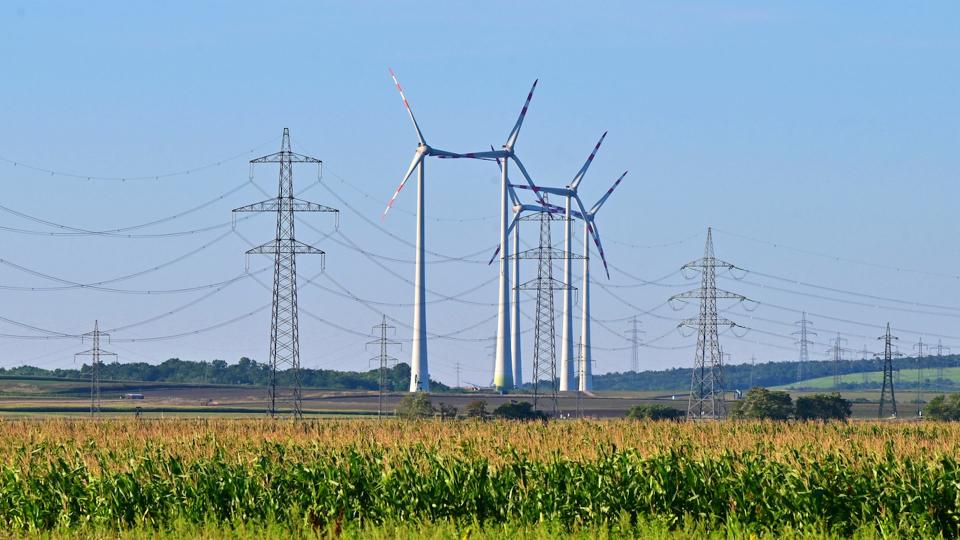DOE issues first-ever roadmap to address backlog of clean energy projects waiting to be built: 'Essential to deploying clean electricity to more Americans'

The U.S. Department of Energy has set a course for affordable energy by creating a roadmap for connecting clean energy to the grid, Electrek reported.
The U.S. grid — an interconnected network of power plants, transmission lines, and distribution centers — currently relies on dirty energy-based power like gas, coal, and oil. In 2022, the Supreme Court limited the Environmental Protection Agency's ability to limit pollution from dirty energy and set pollution reduction targets on the grid.
The DOE's Transmission Interconnection Roadmap, produced by the Interconnection Innovation e-Xchange (i2X), aims to address the clean energy solutions put on hold by the Supreme Court's rulings and other stalled projects to give stakeholders short and long-term solutions.
The roadmap's four goals include increasing data access and security for interconnection, improving the process and timeline of interconnection, promoting economic efficiency, and maintaining a secure grid. The roadmap provides targets of improvement through 2030 and aims to achieve the Biden-Harris Administration's goal of 100% clean electricity by 2035.
"Clearing the backlog of nearly 12,000 solar, wind, and storage projects waiting to connect to the grid is essential to deploying clean electricity to more Americans," said U.S. Secretary of Energy Jennifer M. Granholm. "Through the i2X program, the Biden-Harris Administration is accelerating the interconnection process by ensuring all stakeholders have better access to data and improved standards and procedures as we seek to develop and maintain a more efficient, reliable and clean grid."
Solar and wind energy, two forms of affordable energy, can help promote sustainability and curb rising temperatures by moving away from dirty energy sources, which contribute greatly to planet-warming pollution.
Watch now: Mutual of Omaha brand leader shares details on resurrection of iconic TV show
Solar and wind energy can also save you money in the long run. On average, solar can save about $1,500 annually on bills, while wind continues to become more cost-efficient over time, dropping 47% in costs since about 2012, per American Clean Power. According to the U.S. Energy Information Administration, about 21% of energy comes from renewable sources.
Both solar and wind energy continue to grow in the U.S., with solar energy accounting for 87% of all new energy created in January 2024. Wind farms are also growing, with a proposed wind farm in Virginia large enough to generate power for one million homes.
Should American companies be doing more to compete with China on clean energy?
YES
NO
Click your choice to see results and speak your mind
With the new roadmap for the grid, we could see growth in affordable energy and less reliance on dirty energy.
Join our free newsletter for cool news and actionable info that makes it easy to help yourself while helping the planet.
